
Professor Karen Liu
Professor of Genetics and Development
Biography
Professor Liu has had an independent group at King’s College London since 2007. Throughout her career she has been a developmental biologist, initially focusing on neural crest cells and embryogenesis with a more recent interest in the re-use of developmental programmes in the repair and regeneration of adult structures.
Before coming to King’s, she was a Regenerative Medicine Fellow at Stanford University where she worked with Prof Michael Longaker and Prof Gerald Crabtree. Her PhD studies were in Prof Richard Harland’s lab at the University of California, Berkeley. Her initial introduction to biology was in Prof Argiris Efstratiadis’ lab at Columbia University where she was a technician for several years before going to graduate school.
Professor Liu's lab focuses on the development of the neural crest cell population. Undifferentiated neural crest cells undergo epithelial-mesenchymal transformations (EMT), migrate from the neural tube, and populate distant destinations. These cells display incredible plasticity, giving rise to diverse tissues ranging from bone and cartilage to adipocytes and neurons. Persistence of this multipotent population into adults may reflect the important contributions of the neural crest lineage to development, homeostasis and repair of vertebrate organs.
Their research makes use of multiple animal models, including frog, mouse, chick and humans. They also bring together biology and chemistry, designing new tools to study development and differentiation over time. Current projects include work on mammalian neural crest stem cells, migratory neural crest, contributions of the neural crest to head structures, and human craniofacial anomalies.
Research
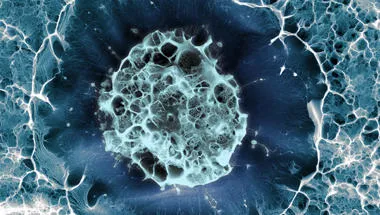
Centre for Craniofacial & Regenerative Biology
Our research goes beyond the mouth. If we understand how the entire face and head forms, we can repair damage and regenerate cells. If we unravel the causes of diseases, we can treat patients successfully. If we solve these problems, our discoveries will improve health worldwide.
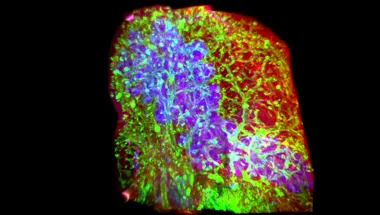
From Developmental Biology to Regenerative Medicine
Understanding organ development and tissue regeneration provides a framework for elucidating disease mechanisms as well as for developing new therapeutics.

Statistical and Computational Genetics and Genomics (SCGG) RIG
The SCGG Group brings together researchers at King’s who are developing and working with innovative quantitative and computational approaches for genomic discovery and its impact on human health.
News
Understanding the genetic roots of aggressive childhood cancer: Research aims to improve Neuroblastoma treatment
Scientists have secured £1.5 million from Cancer Research UK (CRUK) to investigate the genetic secrets behind neuroblastoma - aiming to improve treatments for...

Faculty of Dentistry, Oral & Craniofacial Sciences Staff Awards
The Faculty of Dentistry, Oral & Craniofacial Sciences held their first ever Staff Awards on Thursday 18 April.
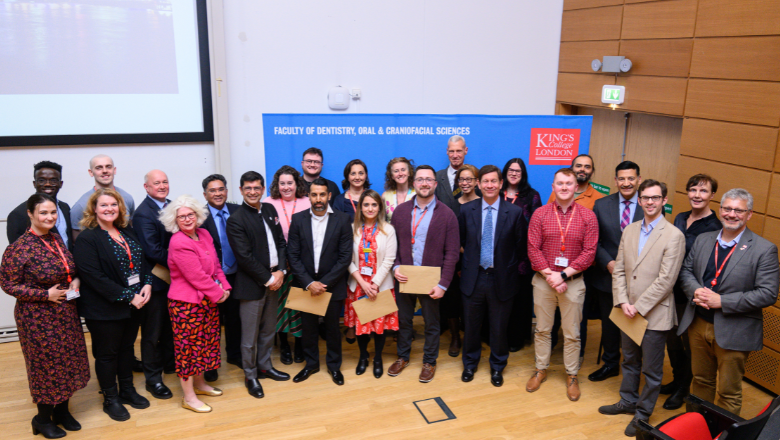
Bringing London and Tokyo Closer
King's Faculty of Dentistry, Oral & Craniofacial Sciences and Tokyo Medical and Dental University conjointly hosted an inaugural online exchange.
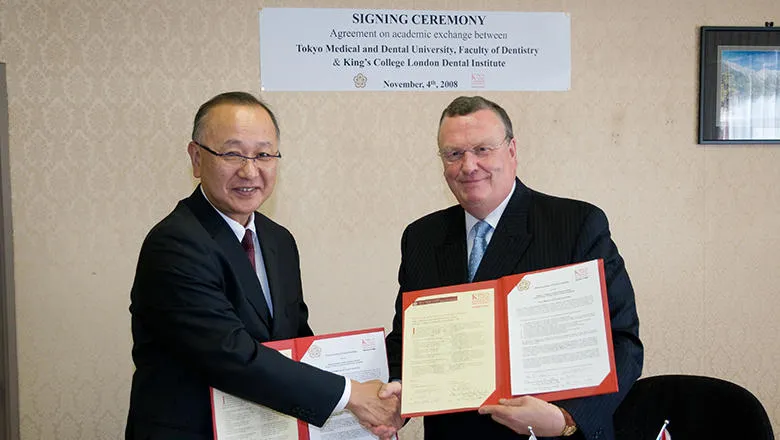
British Society of Paediatric Dentistry Research Prize
PhD student Reham Al Haratani has won the British Society of Paediatric Dentistry Research Prize
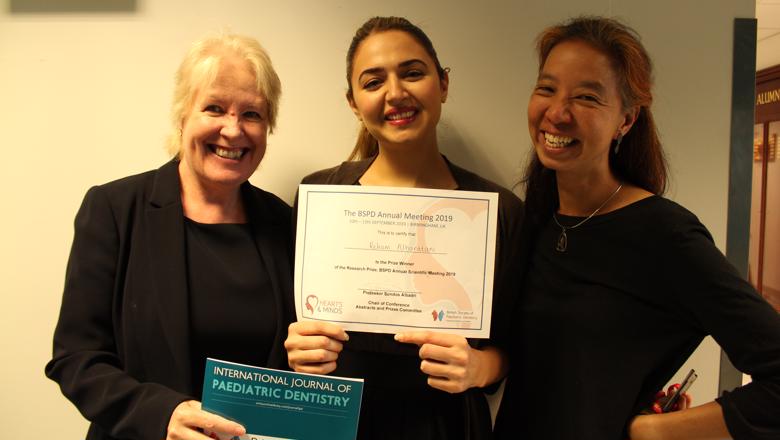
Research

Centre for Craniofacial & Regenerative Biology
Our research goes beyond the mouth. If we understand how the entire face and head forms, we can repair damage and regenerate cells. If we unravel the causes of diseases, we can treat patients successfully. If we solve these problems, our discoveries will improve health worldwide.

From Developmental Biology to Regenerative Medicine
Understanding organ development and tissue regeneration provides a framework for elucidating disease mechanisms as well as for developing new therapeutics.

Statistical and Computational Genetics and Genomics (SCGG) RIG
The SCGG Group brings together researchers at King’s who are developing and working with innovative quantitative and computational approaches for genomic discovery and its impact on human health.
News
Understanding the genetic roots of aggressive childhood cancer: Research aims to improve Neuroblastoma treatment
Scientists have secured £1.5 million from Cancer Research UK (CRUK) to investigate the genetic secrets behind neuroblastoma - aiming to improve treatments for...

Faculty of Dentistry, Oral & Craniofacial Sciences Staff Awards
The Faculty of Dentistry, Oral & Craniofacial Sciences held their first ever Staff Awards on Thursday 18 April.

Bringing London and Tokyo Closer
King's Faculty of Dentistry, Oral & Craniofacial Sciences and Tokyo Medical and Dental University conjointly hosted an inaugural online exchange.

British Society of Paediatric Dentistry Research Prize
PhD student Reham Al Haratani has won the British Society of Paediatric Dentistry Research Prize

